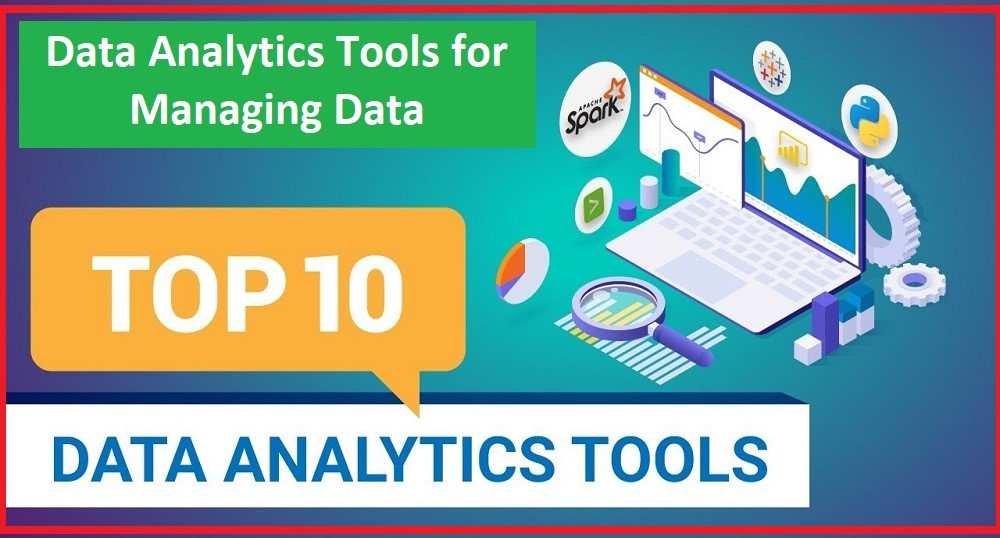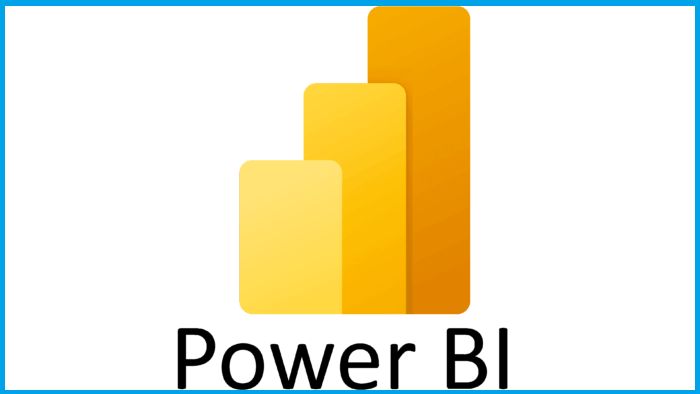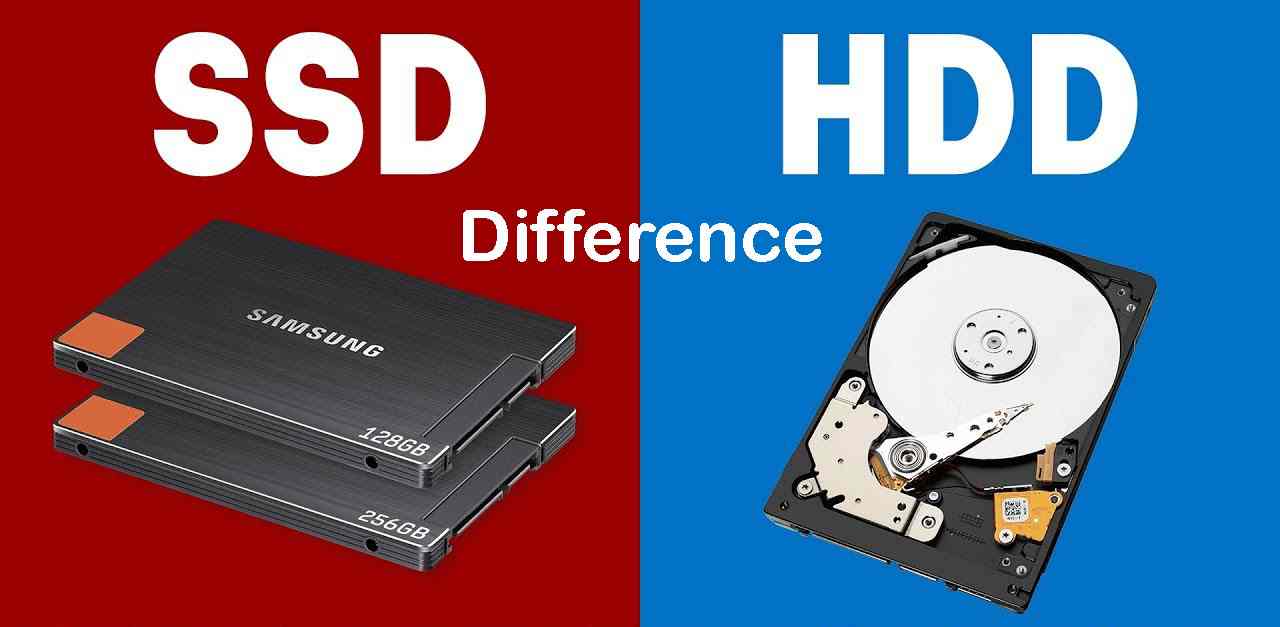Data can be used for many things, from analyzing consumer behavior and checking business performance, to viewing market trends. To make better use of data, you need to use quality data analytics tools.
Data tools are tools used to analyze, process, and visualize data. The results of this analysis can later be used to make effective business decisions. That’s why this tool is very important for business people and data analysts.

But, which data analytic tool should you use? Don’t worry, because in this article, we will explain various data analysis tools that can help you turn raw data into useful information.
Without further ado, let’s see in full!
10 Best Data Analytics Tools for You to Try
Here are 10 tools for analyzing and processing data that can help your work be more effective:
1. Tableau

Tableau is a data visualization tool that allows users to create interactive dashboards, graphs, and reports.
You can connect Tableau with various data sources, such as spreadsheets, and cloud services. Not only that, this tool also offers advanced analytics features such as predictive modeling and statistical analysis.
With a simple and user-friendly drag-and-drop interface, Tableau makes it easy for anyone to process and analyze data without the need for technical expertise.
Advantage:
- User-friendly interface
- Excellent visualization skills
- Active community
- Able to process large amounts of dataset
Disadvantages:
- Licensing fees are quite expensive
- Limited data cleaning capabilities
- Limited customization options
Suitable for:
Business people who want to create reports and dashboards with an attractive appearance. This tool can also be used by data analysts and data scientists who want to understand data more quickly.
2. Google Analytics

Google Analytics is a free data analytic tool that provides various important information regarding website performance. This tool can track consumer behavior based on various metrics, such as page views, bounce rates, and conversion rates.
You can also use Google Analytics to create reports and data visualization. So that anyone can understand the data more easily.
Some of the interesting features offered by Google Analytics include real-time tracking, custom reporting, and audience segmentation.
Advantage:
- Free
- The amount of data provided is large
- Great for tracking visitor behavior
Disadvantages:
- Limited data import and export options
- Limited data cleaning capabilities
Suitable for:
Digital marketers and website owners who want to identify website traffic and track data related to visitor behavior. Business people can also use it to analyze the behavior of potential consumers.
3. Microsoft Power BI

Microsoft Power BI is a cloud-based data collection tool that allows users to connect to various data sources. Apart from that, you can also use it to create interactive reports and dashboards.
For those of you who like AI-based features, this tool provides them too, you know. Because Power BI has Natural Language Processing (NLP) and Machine Learning features.
Since this tool was built by Microsoft, you can integrate Power BI with various other Microsoft products, including Excel and SharePoint.
Advantage:
- Can be integrated into other Microsoft products
- Have strong visualization skills
- Can be used to create custom dashboards and reports
Disadvantages:
- Requires technical expertise to master its advanced features
- There are certain features that require plugin support
Suitable for:
Microsoft users who want to create custom reports and custom dashboards. This tool can also be used by business people who want to analyze data and track performance metrics.
4. IBM Watson Analytics

Just like Power BI, IBM Watson Analytics is a cloud-based analytics platform that can help users analyze and visualize data without the need for technical expertise.
This tool uses AI and machine learning as well to make predictions and build data models.
Generally, this tool is used by data scientists and business people to analyze data and predict various possibilities based on the data they have.
Advantage:
- User-friendly interface
- Fitur Natural Language Processing (NLP)
- Can be integrated with various other IBM tools, such as SPSS and Cognos
Disadvantages:
- Limited customization options
- Limited data sources
- The cost is relatively expensive
Suitable for:
Business people or data analysts who need data analysis tools with advanced features. This tool will also be very suitable when used by organizations that are used to using other tools from IBM.
5. RapidMiner
RapidMiner is a data analytic tool that has a user-friendly interface. You can use it to retrieve data from various sources, create sentiment analysis, and visualize data.
One of the unique features that RapidMiner has is the visual workflow designer, a feature that allows users to build machine learning models without the need to code.
RapidMiner also provides a library containing built-in data models which can certainly make it easier for beginners to use.
Advantage:
- Simple interface with drag-and-drop feature
- Powerful data preparation and data cleaning features
- Great for machine learning and data mining
Disadvantages:
- Limited data visualization capabilities
- Requires plugins for certain features
- Performance is sometimes slow when processing large amounts of data
Suitable for:
Data scientists or machine learning experts who want to create predictive models quickly and easily. Data analysts can also use it to carry out data preparation and data cleaning.
6. KNIME
KNIME is an open-source data analytics platform that allows users to build data pipelines and automate various data analysis tasks.
The various features offered by KNIME are data mining, data blending, and text mining features.
KNIME also has a fairly large community, where this community often contributes to the development of this tool. So, if you are still a beginner, you can easily find resources related to KNIME.
Advantage:
- It is open-source, so many people have developed this tool
- Can be integrated with various databases and programming languages
- Have powerful machine learning capabilities
Disadvantages:
- Not suitable for beginners who are just learning data analysis
- Limited data visualization capabilities
- The performance is not good when processing large datasets
Suitable for:
Data scientists need reliable tools when creating predictive models. Because, KNIME can be easily integrated into various tools, and can also be connected to various data sources.
7. SAS
SAS is an integrated data analytic tool that has many superior features, ranging from advanced analytics features, and data management, to data visualization.
This tool is often used in the business world, for example, to detect fraud or carry out risk management. This is natural, considering that SAS has strong statistical and analytical capabilities.
Not only that, SAS also has a data management system that is capable of managing large datasets, while ensuring that the data is easy to access safely.
Advantage:
- Powerful advanced analytics features
- Active community
- Can be used for large-scale data analysis projects
Disadvantages:
- The price is quite expensive, so it is not suitable for small businesses
- Difficult to use for beginners
- Not open-source
Suitable for:
Data analysts or data scientists who need to use tools with reliable data management features. On the other hand, due to its high cost and quite technical features, this tool is not suitable for beginners or organizations that are new to the world of data.
8. Apache Spark
Apache Spark is an open-source data processing framework. This framework can help you process large databases quickly and efficiently.
This framework is also supported by various programming languages such as Java and Python. So, you can use it comfortably and flexibly.
Apart from that, you also don’t need to worry if you want to integrate this framework with other data tools. Because, Apache Spark can be connected to various data tools, such as Hadoop and Cassandra.
Advantage:
- Can process large amounts of data quickly
- Suitable for large-scale projects
- Able to process data in real-time
Disadvantages:
- Too complex for beginners
Suitable for:
Data engineers or data scientists who are managing large datasets, and need data analysis tools that are capable of processing data in real-time.
9. Talend
Talend is a cloud-based data analytic tool that can help you integrate and analyze data from various sources.
There are various features offered by this tool, ranging from data quality management, and data profiling, to data mapping.
You can also use Talend to design data pipelines without coding and use a library that contains built-in connectors that make it easier to combine data from various sources.
Advantage:
- It is open-source
- Can be integrated into various data sources
- Easy to use for beginners
Disadvantages:
- Limited advanced analytics features
- Limited data visualization features
Suitable for:
Data analysts or data engineers who need data analytic tools that are easy to use and can be integrated with various data sources. This tool is also open-source, so its use tends to be more flexible.
10. QlikView
QlikView is a business intelligence and data visualization platform that can help you create interesting dashboards and reports based on the data you have.
Therefore, it is not surprising that data analysts and business people often use this tool to build professional reports which will later be shared with stakeholders.
One of the interesting features that QlikView has is a data processing engine that is capable of describing large datasets in real time. That way, the data visualization process can be carried out more quickly and practically.
Advantage:
- Strong data visualization capabilities
- Can process large amounts of data quickly
- Reliable data exploration features
Disadvantages:
- The cost is relatively expensive
- Not suitable for beginners
Suitable for:
Data analysts who need tools with good data visualization and data exploration features. Apart from that, this tool can create interactive dashboards and reports, so communicating data with stakeholders can be easier.
Tips for Choosing Data Analysis Tools
So, now you know the best data analysis tools that you can try. But, which tool should you use?
To help you make a choice, here are some tips you can follow to choose the right data analytic tool:
- Determine your goals – Determine the type of data analysis you will carry out and the type of data you will process. That way, you will know which tool is most suitable to meet your needs.
- Consider your capabilities – If you are still a beginner, a tool with simple features is the right choice. But if you are experienced, a tool that offers more complete features will certainly be more suited to your needs.
- Check the scalability of the tool – Pay attention to the size and complexity of the dataset you will manage. Choose a tool that can handle large amounts of data without reducing performance.
- Check the integration features – Make sure the data analytic tool you use can connect with the data sources you have. So, the data transfer flow will be smoother.
- Pay attention to customization options – Can the tool help you create custom reports and dashboards? If yes, you might consider choosing it.
- Check the security features – Make sure the tool you are using has adequate built-in security features. So the data you manage will be safe from various threats of cyber attacks.
- Check other advantages – If the tool has additional advantages such as an active community and responsive customer support service, you should consider that too.
Which Data Analytic Tool is Interesting for You?
Data analytic tools are tools that you can use to process and analyze data. Each tool also has its own superior features, from tracking visitor behavior to data visualization.
If you want to enter the data field, you must be able to use the right data analytic tools. Apart from that, you also have to have good insight capital. Therefore, Bitlabs provides job preparation courses that you can take!
To pursue a career in data, you can enroll in a data science class or data analysis class, where you can learn all about data science. Starting from programming languages to machine learning.










